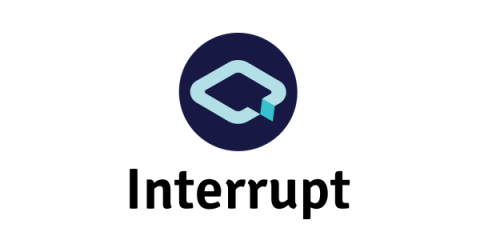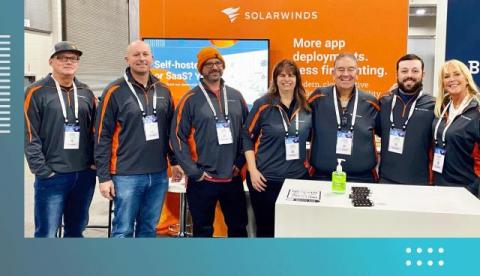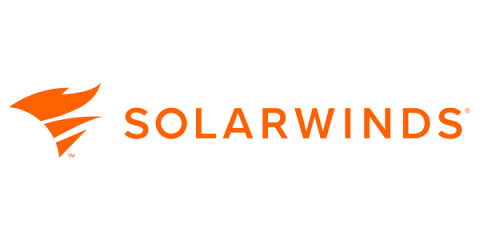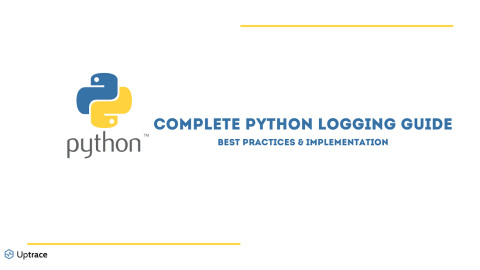How does Amazon VPC work?
Amazon Virtual Private Cloud (VPC) is a commercial cloud computing service that enables users to create a logically isolated section within the AWS Cloud. Users can deploy AWS resources in a self-defined virtual network within this isolated section. In essence, it enables customers to build resources within a private, separated area of the AWS cloud, such as databases, Elastic Compute Cloud (EC2) instances, and other AWS services. AWS offers VPC to enterprises as a way to improve cloud security.











